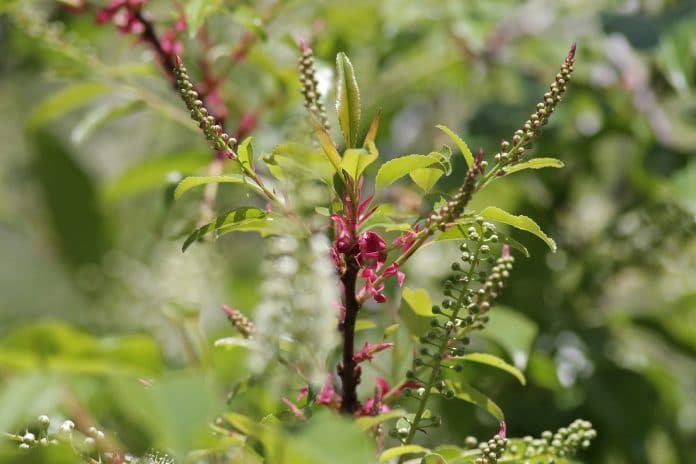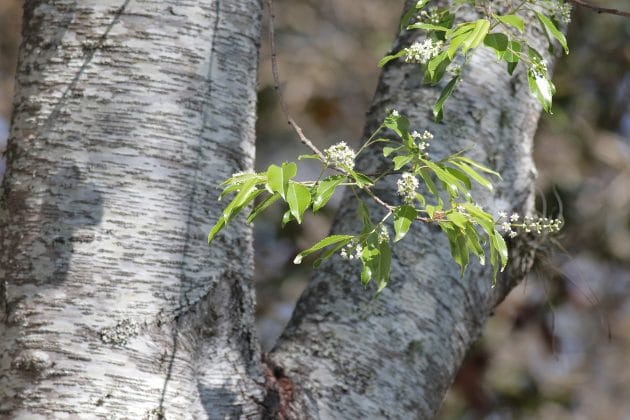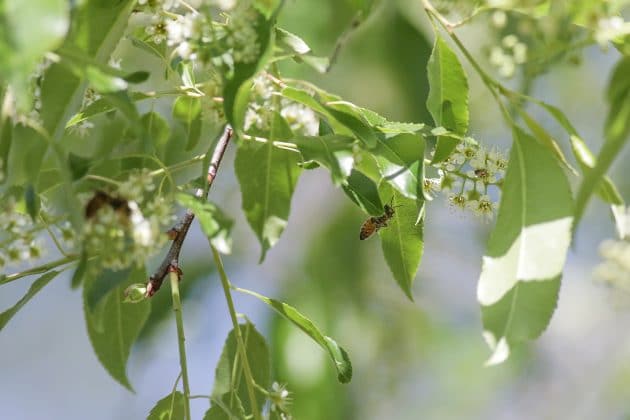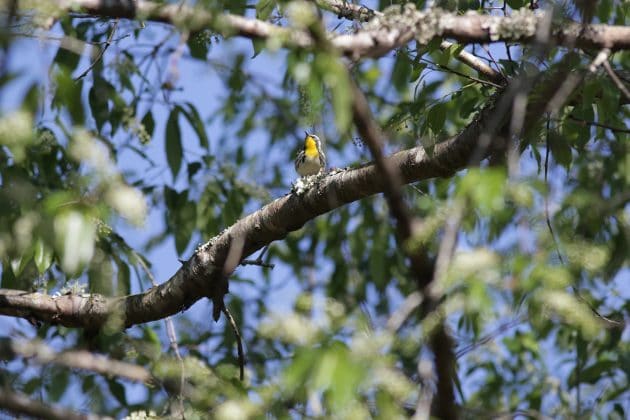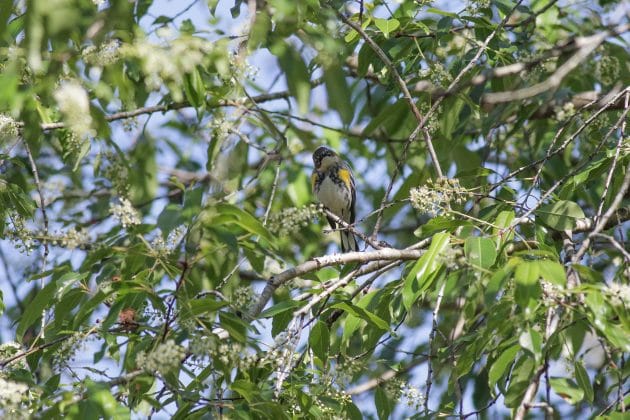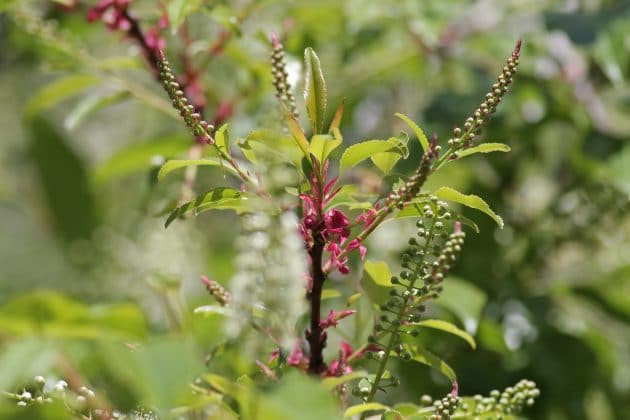The seasonal transformation of deciduous trees is a beautiful process. The leaves will drop once the fall season approaches, leaving the tree bare and appearing lifeless. It’s sad to see, but as spring approaches, you begin to see spots of green piercing out of the brown-toned branches and leaves are beginning to form. Flowering buds scatter here and there, waiting to bloom while the bees wait patiently to gather freshly produced nectar.
A deciduous tree, like the black cherry tree, loses or drops its leaves for part of the year, usually at the start of the fall season. Chickasaw plum, American sweetgum, sparkleberry, common persimmon, white fringetree, and Eastern redbud are deciduous trees.
Trees like the black cherry have an interesting seasonal cycle, with a dormant stage and revival. While the black cherry tree’s lifespan may be up to 100 years, that’s a long time to go through that transformation year after year. The black cherry tree is native to Florida, and it is one of the largest of its species in the state. According to Atlas of Florida Plants, the demographics of the black cherry tree have not been documented in the southern part of the state.
There is one black cherry tree next to our property. We have watched its seasonal life cycle for the past seventeen years. The bare-leaf branches are perfect perches for birds, and when reachable, the newly sprouted leaves and twigs are eaten by visiting white-tailed deer.
The flowering stage is valuable for many pollinating species. These snowy white flowers bloom at the perfect time in mid-February for insects to awake from the winter cold. The black cherry tree is the host plant for the tiger swallowtail butterfly. When the fruit ripens in the summer months, it provides an excellent food source for many bird species as well as wild turkey and northern bobwhite quail. Foxes, raccoons, opossums, squirrels, rabbits, and even black bears eat the fruit.
Did you know that Black Cherry seeds require cold stratification to germinate? (Stratification means seeds require specific conditions to sprout). While many seeds may require fire or warm temperature and moist soils, black cherry seeds require cold temperatures while underground. (fs.fed.us)

